Landscapes
A densely-built residential block of tall buildings, a green area of detached and semi-detached houses, and traditional earth-tone buildings by a field in northern Espoo are all examples of cultural landscapes that show the human impact. In contrast, traditional landscapes are usually part of a more extensive cultural landscape, formed through traditional livestock farming.
Landscapes
A densely built block of flats by the metro line, a verdant neighbourhood of single-family houses or a traditional ruddled house standing at the edge of a cultivated clearing in northern Espoo are all examples of cultural landscapes that show the results of human touch. Traditional landscapes, on the other hand, are usually part of a wider cultural landscape and have been created through traditional animal husbandry.
Cultural landscapes
The term cultural landscape often refers to rural landscapes, but also urban and village landscapes. Every window in Espoo faces a piece of a cultural landscape.
Since time immemorial, natural conditions such as the terrain, climate, aquatic systems and fertility of the soil have guided the actions of people. Traditionally, settlements have been located in comfortable places with favourable climate conditions; in the vicinity of meadows and forests. This tradition started to change in the 1960s, and since then construction has extended to areas that were previously shunned as too flat, clayey or wet. New houses were also erected close to shoreline or on high cliffs, changing the cultural landscape both today and tomorrow.
Traditional landscapes
Pasturing and reaping have created diverse environments, such as meadows, pasturages and grazing forests. With the decline of livestock farming, these environments are now disappearing and the fauna and flora living in them have become endangered. Traditional landscapes require pasturing or regular reaping in order to maintain their species and open appearance. Espoo still uses traditional means in Laajalahti and Espoonlahti: Eastern Finncattle cows grazing the seaside meadows keep the landscape open. Similarly, the traditional landscape of Pentala Archipelago Museum is maintained by sheep in the summer.
Parks in Espoo
Green areas and parks in Espoo combine historical value with functionality and great scenery, expanding from the seashore to inner city oases. For example, the manor grounds of Träskända include a landscape park that has survived in an exceptionally extensive and original form. The garden of Old Alberga is from the 18th century and a historical rarity in Finland.
